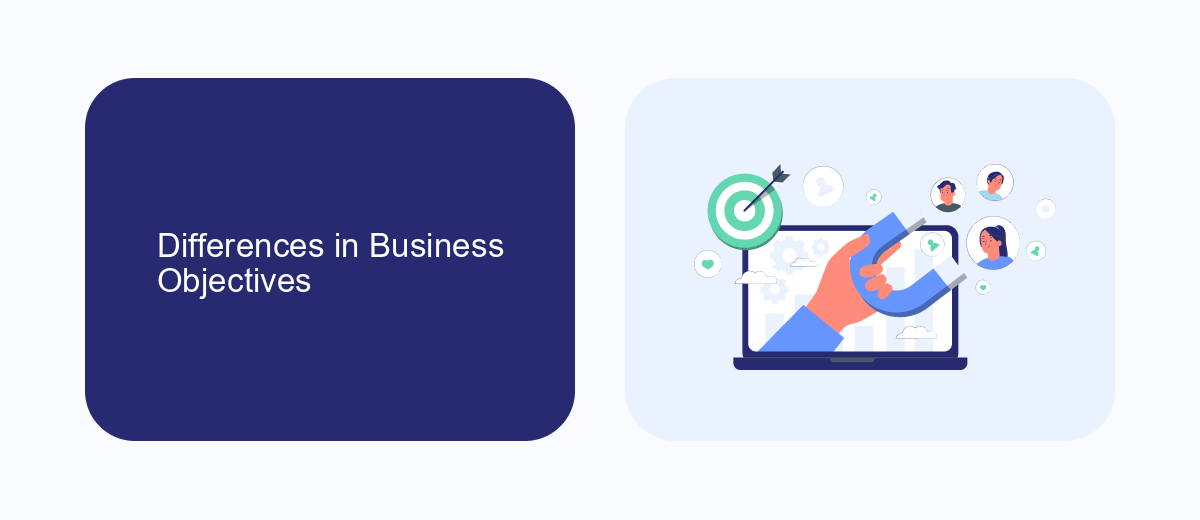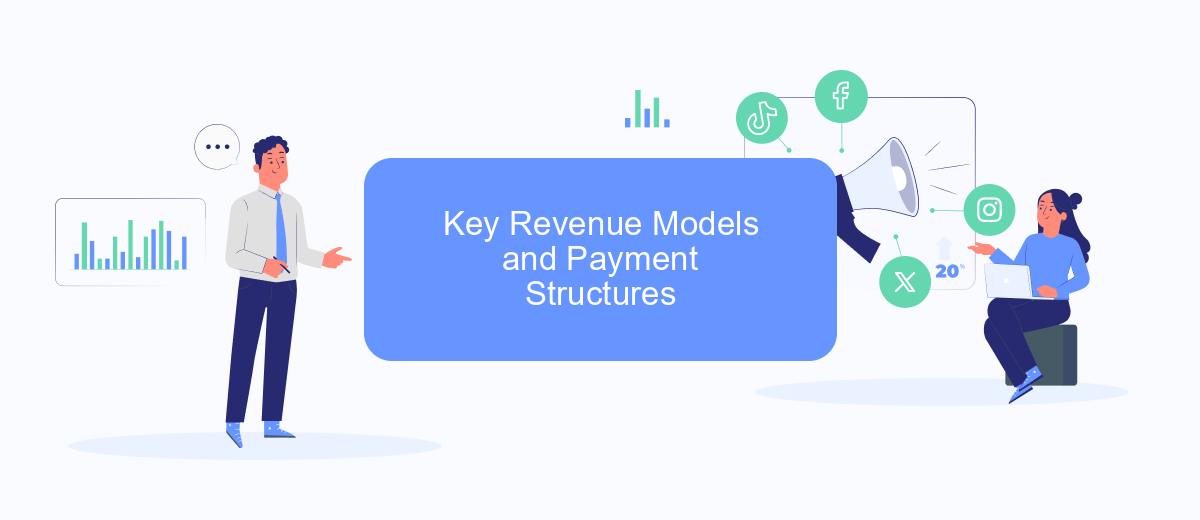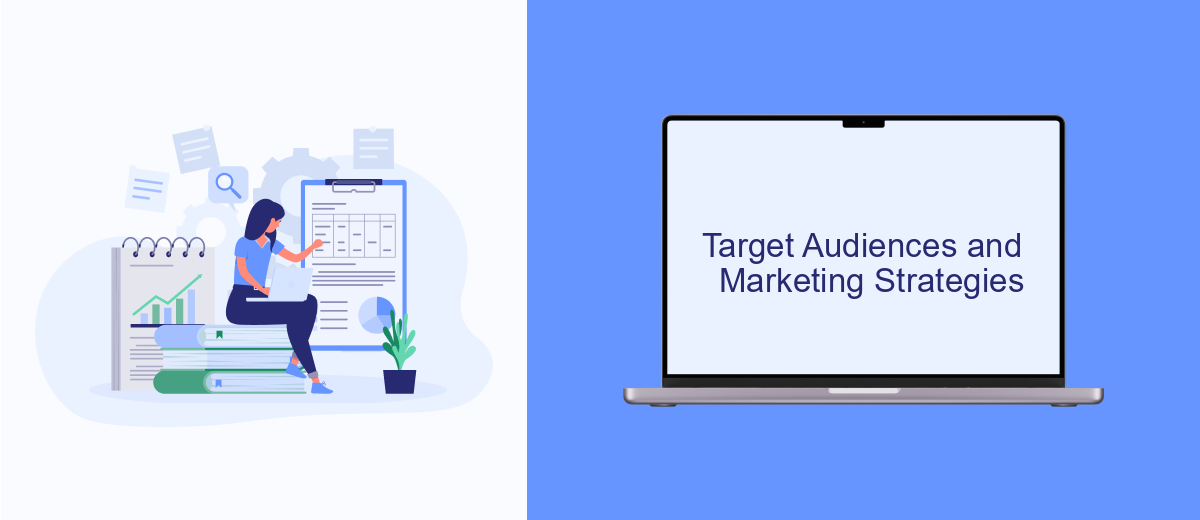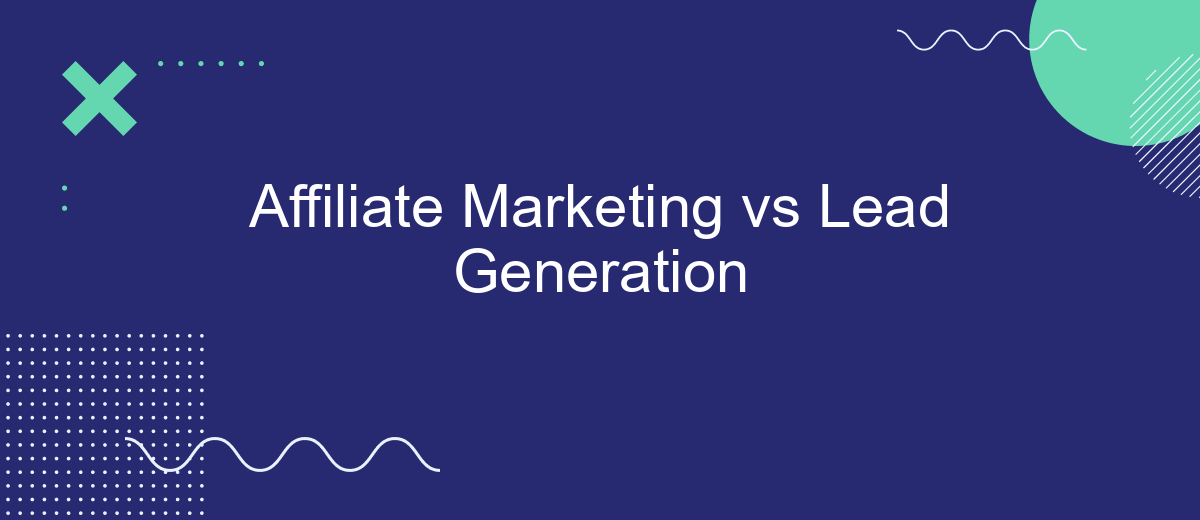Affiliate marketing and lead generation are two powerful strategies businesses use to drive growth and increase revenue. While both aim to attract potential customers, they operate in distinct ways and serve different purposes. This article delves into the key differences, advantages, and challenges of each approach, helping you decide which strategy aligns best with your business goals.
Introduction: A Brief Comparison
Affiliate Marketing and Lead Generation are two powerful strategies used by businesses to drive growth and increase revenue. While they share similarities, they also have distinct differences that make each unique and suitable for different business goals.
- Affiliate Marketing: Focuses on promoting products or services through affiliates who earn a commission for each sale or action generated.
- Lead Generation: Involves capturing potential customers' contact information to nurture them into becoming paying customers.
- Tools and Integrations: Services like SaveMyLeads can streamline the process by automating lead capture and integration with various marketing platforms.
Understanding the nuances between Affiliate Marketing and Lead Generation is crucial for businesses to choose the right strategy that aligns with their objectives. Whether it’s leveraging affiliates to boost sales or capturing leads to build a customer base, each method offers unique benefits that can be enhanced with the right tools and integrations.
Differences in Business Objectives

Affiliate Marketing and Lead Generation serve distinct business objectives. Affiliate Marketing primarily focuses on driving sales by promoting products or services through affiliate partners. These partners earn a commission for every sale or conversion they generate, making it a performance-based model. The main objective is to increase revenue by leveraging the reach and influence of affiliates, who use various marketing channels, such as blogs, social media, and email campaigns, to attract potential buyers.
On the other hand, Lead Generation aims to collect contact information from potential customers who have shown interest in a product or service. This information is then used for nurturing leads through targeted marketing efforts until they are ready to make a purchase. The primary goal here is to build a database of qualified leads that can be converted into customers over time. Services like SaveMyLeads can be instrumental in automating the collection and management of leads, ensuring that businesses can efficiently track and engage with their prospects.
Key Revenue Models and Payment Structures

When comparing affiliate marketing and lead generation, it's essential to understand their key revenue models and payment structures. Both methods offer unique ways to monetize traffic and generate income, but they differ in how payments are structured and how revenue is generated.
- Affiliate Marketing: Typically operates on a commission-based model, where affiliates earn a percentage of the sale made through their referral link. Common payment structures include Cost Per Sale (CPS) and Cost Per Action (CPA).
- Lead Generation: Often works on a pay-per-lead basis, where businesses pay for each qualified lead generated. Payment structures include Cost Per Lead (CPL) and Cost Per Acquisition (CPA).
Integrating these models with automated services like SaveMyLeads can streamline the process, ensuring that leads and sales are efficiently tracked and managed. SaveMyLeads helps businesses connect various platforms, automating lead capture and enhancing revenue generation efforts.
Target Audiences and Marketing Strategies

Affiliate marketing and lead generation cater to distinct target audiences and employ different marketing strategies. Affiliate marketing primarily targets consumers who are ready to make a purchase, leveraging bloggers, influencers, and website owners to promote products and services. Lead generation, on the other hand, focuses on capturing potential customers' information to nurture them through the sales funnel.
The marketing strategies for these two approaches also vary significantly. Affiliate marketers use content marketing, SEO, and social media to drive traffic to their affiliate links. They rely heavily on their audience's trust and their ability to create engaging content. Lead generation strategies often include email marketing, landing pages, and paid advertising to capture leads.
- Affiliate Marketing: Content creation, influencer partnerships, SEO, social media promotion
- Lead Generation: Email campaigns, landing pages, paid ads, CRM integration
For businesses looking to streamline their lead generation process, services like SaveMyLeads can be invaluable. SaveMyLeads automates the integration of various platforms, ensuring that captured leads are efficiently transferred to your CRM or email marketing system, allowing for seamless follow-up and nurturing.
Tracking and Attribution
Tracking and attribution are crucial components in both affiliate marketing and lead generation. In affiliate marketing, tracking involves monitoring the performance of various affiliates to determine which ones drive the most traffic and conversions. Tools like cookies, UTM parameters, and tracking pixels are commonly used to attribute sales or leads to the correct affiliate. This ensures that affiliates are rewarded accurately for their contributions and helps marketers optimize their campaigns by identifying high-performing affiliates.
In lead generation, tracking and attribution focus on understanding the source of each lead and the effectiveness of different marketing channels. Integrating tools like SaveMyLeads can streamline this process by automatically capturing lead information from various platforms and attributing it to the correct source. This not only saves time but also improves accuracy, enabling marketers to make data-driven decisions. Proper tracking and attribution are essential for measuring ROI and refining strategies in both affiliate marketing and lead generation.
FAQ
What is the main difference between Affiliate Marketing and Lead Generation?
Which strategy is more effective for long-term revenue?
Can I use both Affiliate Marketing and Lead Generation together?
How can I automate and integrate my Affiliate Marketing and Lead Generation efforts?
What are some common challenges in Affiliate Marketing and Lead Generation?
You probably know that the speed of leads processing directly affects the conversion and customer loyalty. Do you want to receive real-time information about new orders from Facebook and Instagram in order to respond to them as quickly as possible? Use the SaveMyLeads online connector. Link your Facebook advertising account to the messenger so that employees receive notifications about new leads. Create an integration with the SMS service so that a welcome message is sent to each new customer. Adding leads to a CRM system, contacts to mailing lists, tasks to project management programs – all this and much more can be automated using SaveMyLeads. Set up integrations, get rid of routine operations and focus on the really important tasks.
